122.6 MILLION REFUGEES WORLDWIDE
As of mid-2024, according to the UNHCR.
40% of refugees are children.
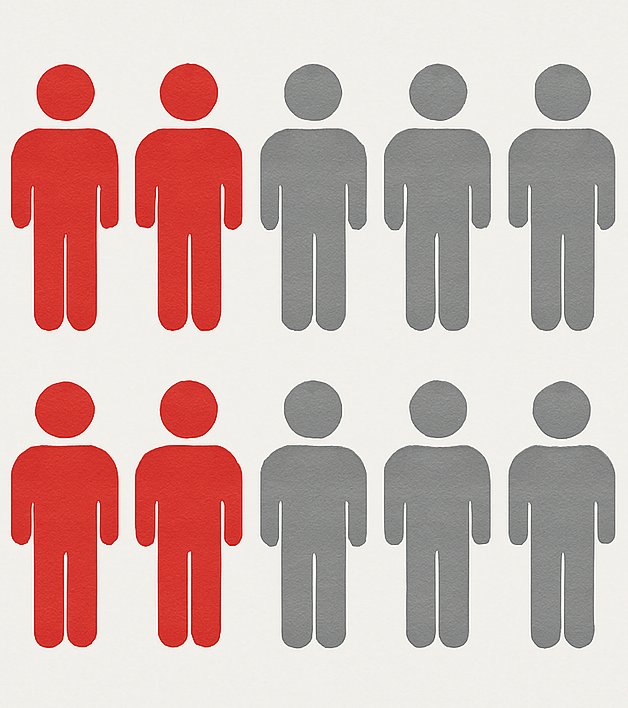
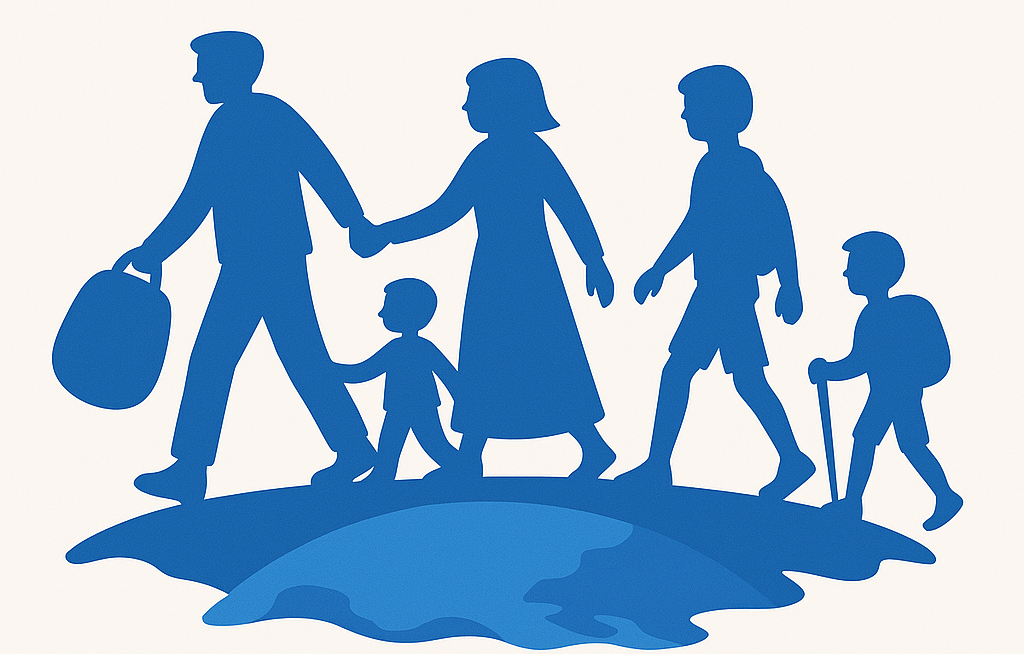
WHO ARE REFUGEES?
Refugees are individuals forced to flee their homeland because of war, persecution, or violence. They often leave everything behind in their search for safety and a new beginning. Their journey to safety is often long, uncertain, and filled with hardships. Some walk for days or weeks through harsh terrain with little food or water. Others travel on crowded boats across treacherous seas, risking everything in hopes of reaching a safe shore. Upon arriving in a new country, they must adjust to new cultures and languages, find shelter and food, and cope with the emotional scars of war and loss. Many live in crowded conditions or temporary shelters such as refugee camps without access to steady work, education, or health care.
THE PROBLEM
Oftentimes when a refugee reaches a camp, they are unable to start a new life. Many hosting countries do not allow refugees to get jobs, and in some cases even leave the camps they live in. With no way to work, and nowhere to go, many refugees become stuck in these camps. These people have human capital that is being wasted as they live in these camps.
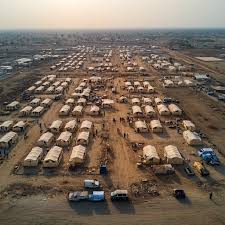
TRAUMA
Many refugees have experienced significant trauma, whether the situations they fled from, or as a result of their travels to a new country. For some people, their primary need is to express and process this trauma in a healthy way. Expression can take many different forms from a drawing all the way to a song, so giving these refugees the chance to express themselves through various creative mediums can fulfill a large need. After expressing trauma, people can begin to process and heal from their experiences.
QUALITY OF LIFE
The next type of need that a large portion of refugees have has to do with their living situation. Because refugees often cannot get a job, and are restricted to their camps, the living conditions for them are often very poor. Assuming basic needs like food, water, clothing and shelter have been provided for, many refugees desire to improve various aspects of camp life. Here is an example; A refugee living in a camp has to walk several miles a day in order to travel to a particular destination. He has a bicycle, but it needs to be repaired. That person desires to use the bicycle to travel, but has no tools to fix it. This simple task has the potential to significantly improve this person's quality of life in this camp. Allowing individuals with the tools and expertise to improve their quality of life has the potential to fulfill a vast set of needs for refugees living in camps.
DISCOVERY
Oftentimes, refugees possess skills and knowledge from their old lives that are not being utilized in these new countries. A drastic example of this would be a doctor who fled from his home and is unable to practice medicine in this new country due to that country's legislature. While he cannot work, he may still be able to teach others who are living in the camp, sharing his vast knowledge with them. Let's say that a 15-year-old refugee girl is living in this same camp, and she dreams of becoming a doctor someday. Because she lives in this camp, she cannot go to school, let alone pay to pursue higher education. She meets this doctor in the camp, and he starts to teach her about his profession. This simple illustration illuminates the need some people have for discovery, whether it's new ideas or skills to pursue goals and dreams, these people have.
FLOURISHING
Once refugees have processed their trauma, improved their circumstances, and discovered a purpose, they begin to thrive. Whether pursuing long-held dreams or simply living in freedom, this transformation represents the very hope that compelled them to leave their homes in the first place.
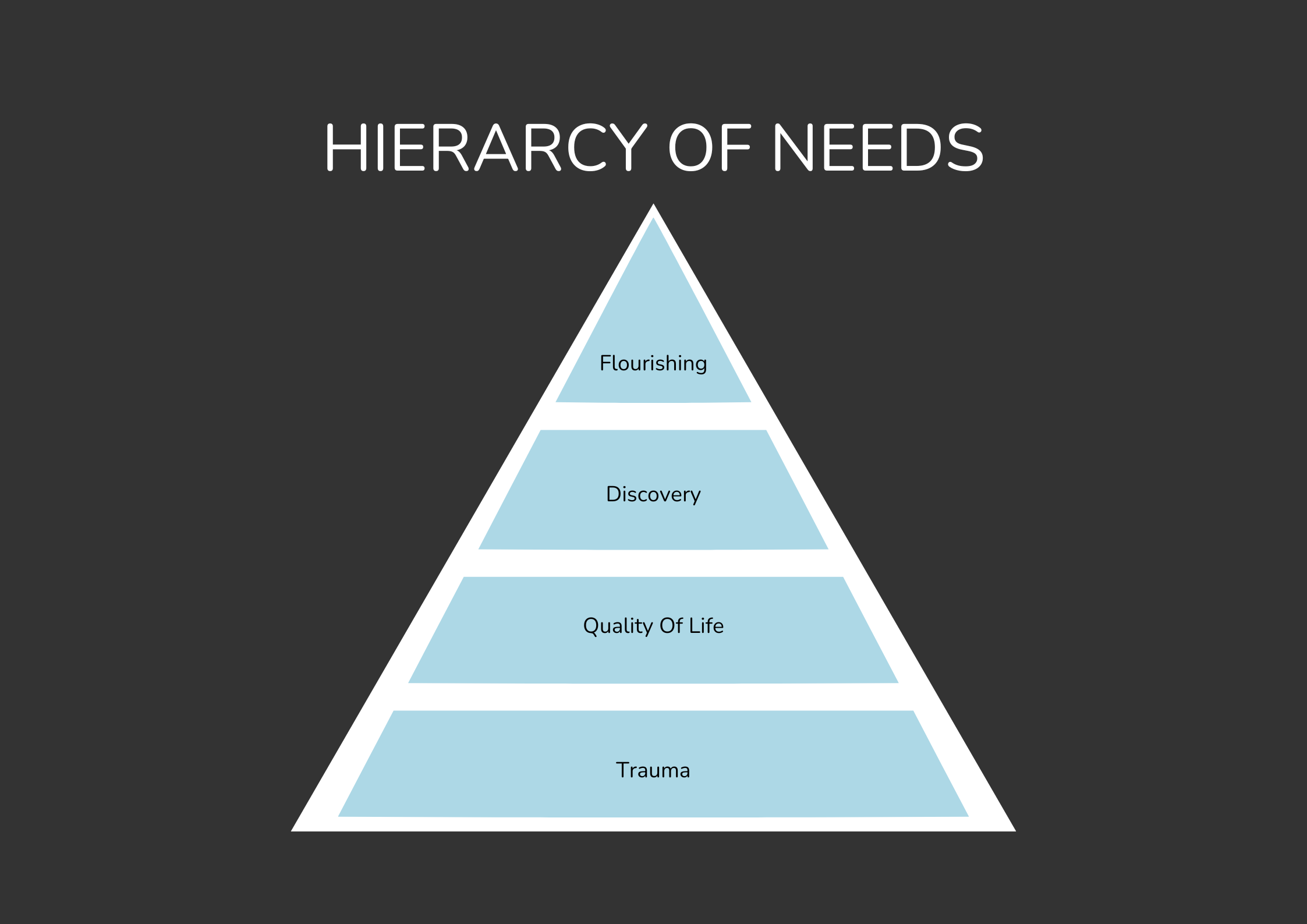
WHAT IF REFUGEES COULD WORK
What if these people could help themselves? What if these people could follow their dreams? Humanitarian makerspaces can help refugees to achieve these things. What is a humanitarian makerspace, though? A humanitarian makerspace is a physical area, like a workshop, that provides displaced individuals with access to tools and hands-on learning opportunities, allowing them to create and develop solutions for their own needs. While this is all well and good, there is another important question that needs to be addressed. What should a humanitarian makerspace have in it? Let's explore this in the next section.
HOW IT WORKS
Non-government organizations, or NGOs, are in the best position to provide refugees with access to tools and resources through humanitarian makerspaces. These organizations are also able to staff these spaces. Another advantage that NGOs have is that they know the people they are serving, and there most direct needs, as they work directly with refugees.
Answering the question,” What should I put in a humanitarian makerspace?” is what we want to help with. Because each refugee camp has various needs, having a modular system for building a makerspace simplifies this process greatly. By clicking on the link below, you can learn more about each module in our modular system and how it can meet the needs of the people you are serving. In addition, providing information on the resources required to construct a humanitarian makerspace is also a key feature of this site.
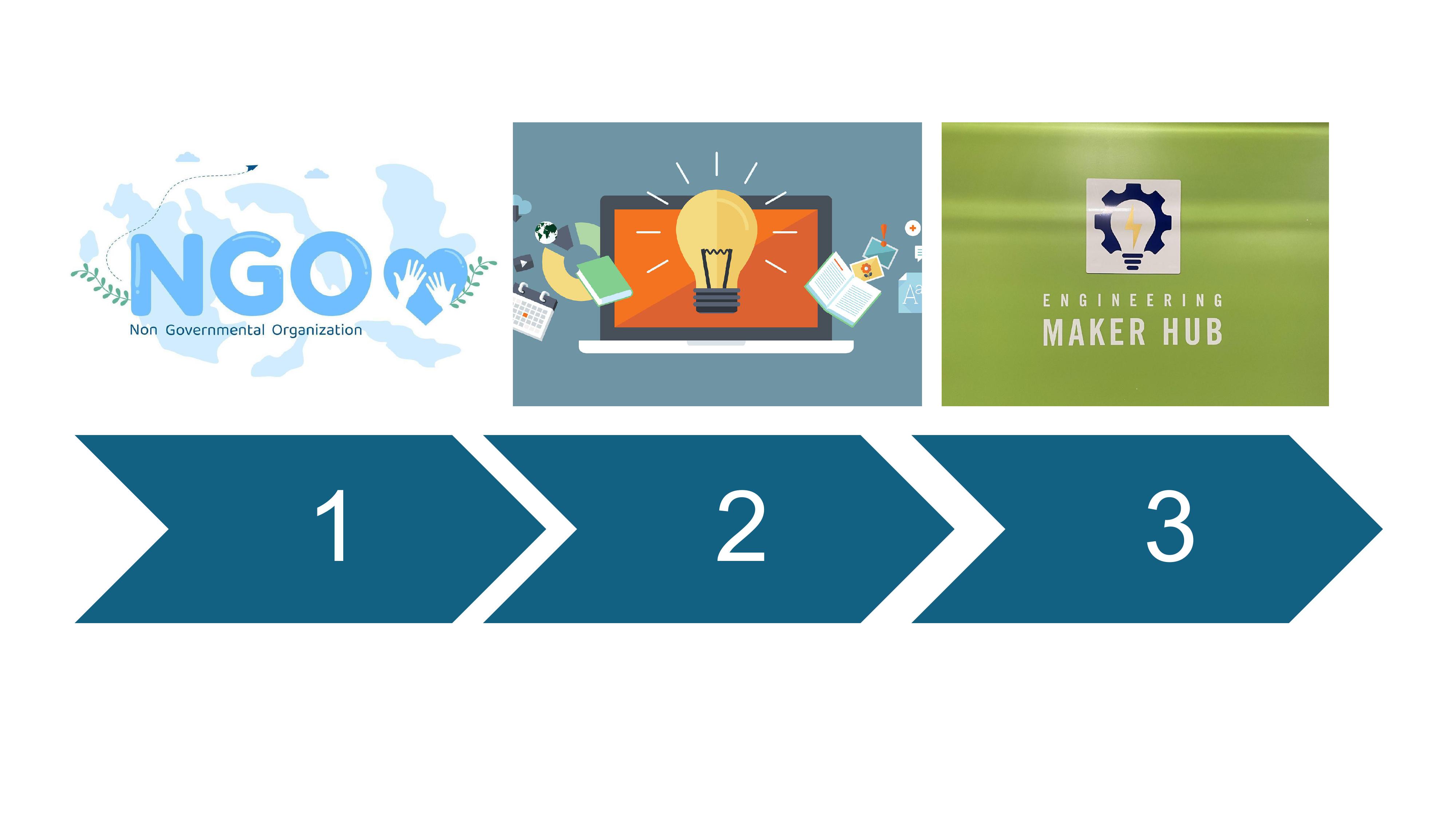
DESIGN
After selecting the modules you wish to put in the makerspace, you can go to the build page. You will then choose the modules you would like to have and add them to the design tool. You will then see a list of totals to ensure you have the necessary materials to construct your makerspace.
ABOUT US
Interested in learning more about the team who is working on this project? Check out our About page below!